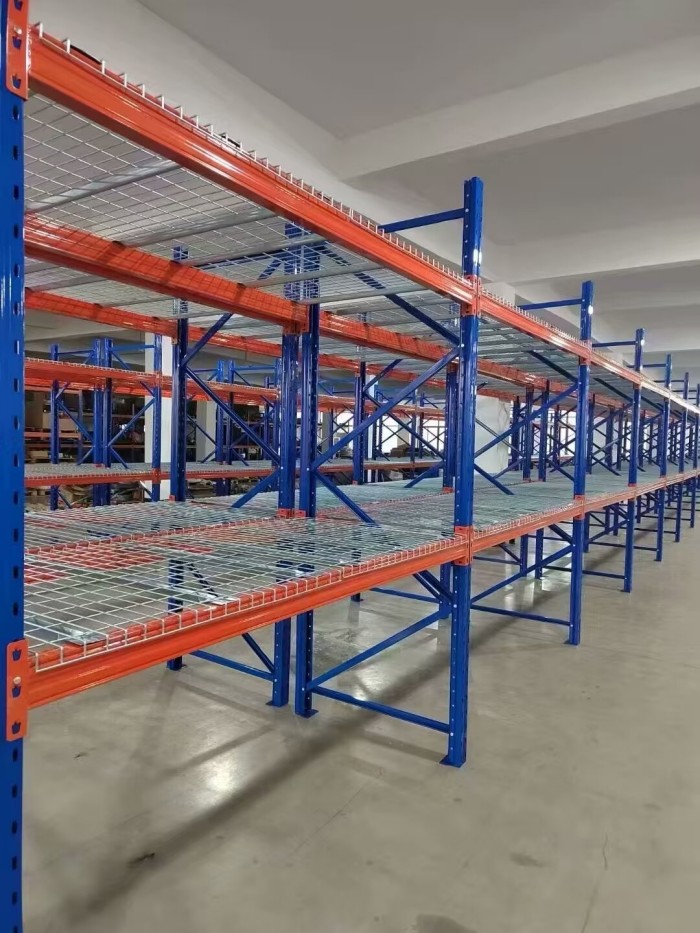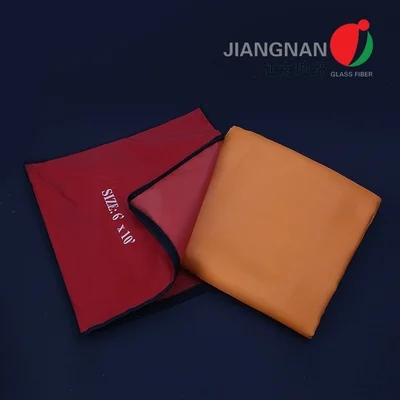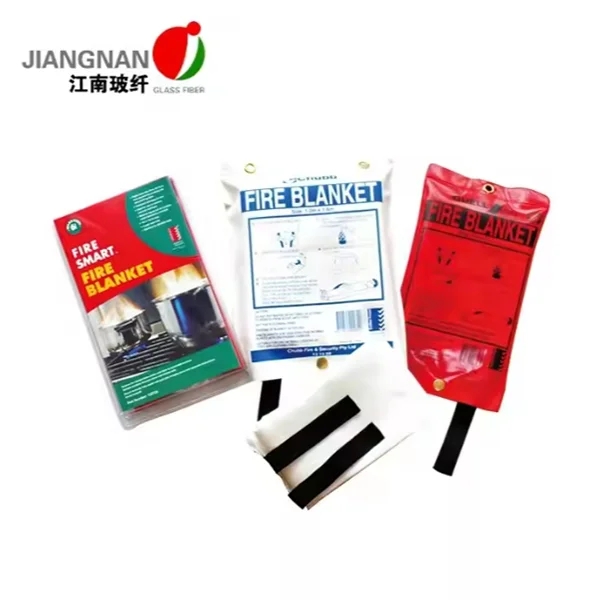Unveiling the Optimal Plaster for Exterior Walls: A Comprehensive Guide
When it comes to protecting and enhancing the aesthetics of exterior walls, choosing the right type of plaster is crucial. The selection process involves considering various factors such as durability, weather resistance, and aesthetic appeal. In this article, we will delve into the world of exterior wall plasters, exploring the different types available, their unique characteristics, and the factors to consider when making the perfect choice.
- Cement-based Renders:
Cement-based renders are widely used for exterior wall plastering due to their exceptional durability and versatility. Composed of cement, sand, and sometimes lime, these renders offer excellent weather resistance and can withstand harsh environmental conditions. They provide a robust protective layer, preventing water penetration and ensuring long-lasting performance. Cement-based renders can be further categorized into traditional sand and cement renders, polymer-modified renders, and acrylic renders, each with its own set of advantages and applications. - Lime Renders:
Lime renders have been used for centuries and are renowned for their breathability and flexibility. These renders are ideal for older buildings or structures with limited movement, as they allow moisture to evaporate, preventing dampness and potential damage. Lime renders are also known for their self-healing properties, making them an excellent choice for historic preservation projects. However, they may require additional maintenance and are not as durable as cement-based renders. - Polymer Renders:
Polymer renders, also known as synthetic renders, have gained popularity in recent years due to their enhanced flexibility and crack resistance. These renders are typically composed of a mixture of polymers, cement, and sand. The addition of polymers improves adhesion, flexibility, and water resistance, making them suitable for a wide range of climates. Polymer renders are available in various textures and finishes, allowing for creative and visually appealing exterior designs. - Insulated Renders:
Insulated renders, also known as external wall insulation systems, provide not only a protective layer but also improved thermal insulation. These systems consist of an insulating material, such as expanded polystyrene (EPS) or mineral wool, covered with a render layer. Insulated renders offer energy efficiency benefits, reducing heat loss and enhancing the overall thermal performance of buildings. They are particularly suitable for retrofitting projects or areas with extreme temperature variations.
Factors to Consider:
- Climate and weather conditions
- Building substrate and its condition
- Desired aesthetics and texture
- Budget and maintenance requirements
- Environmental impact and sustainability
Conclusion:
Selecting the appropriate plaster for exterior walls is a critical decision that requires careful consideration of various factors. Cement-based renders, lime renders, polymer renders, and insulated renders each offer unique advantages and applications. By understanding the characteristics and requirements of different plaster types, you can make an informed choice that ensures both durability and aesthetic appeal for your exterior walls. Remember to assess the specific needs of your project and consult with professionals to achieve the best results.


